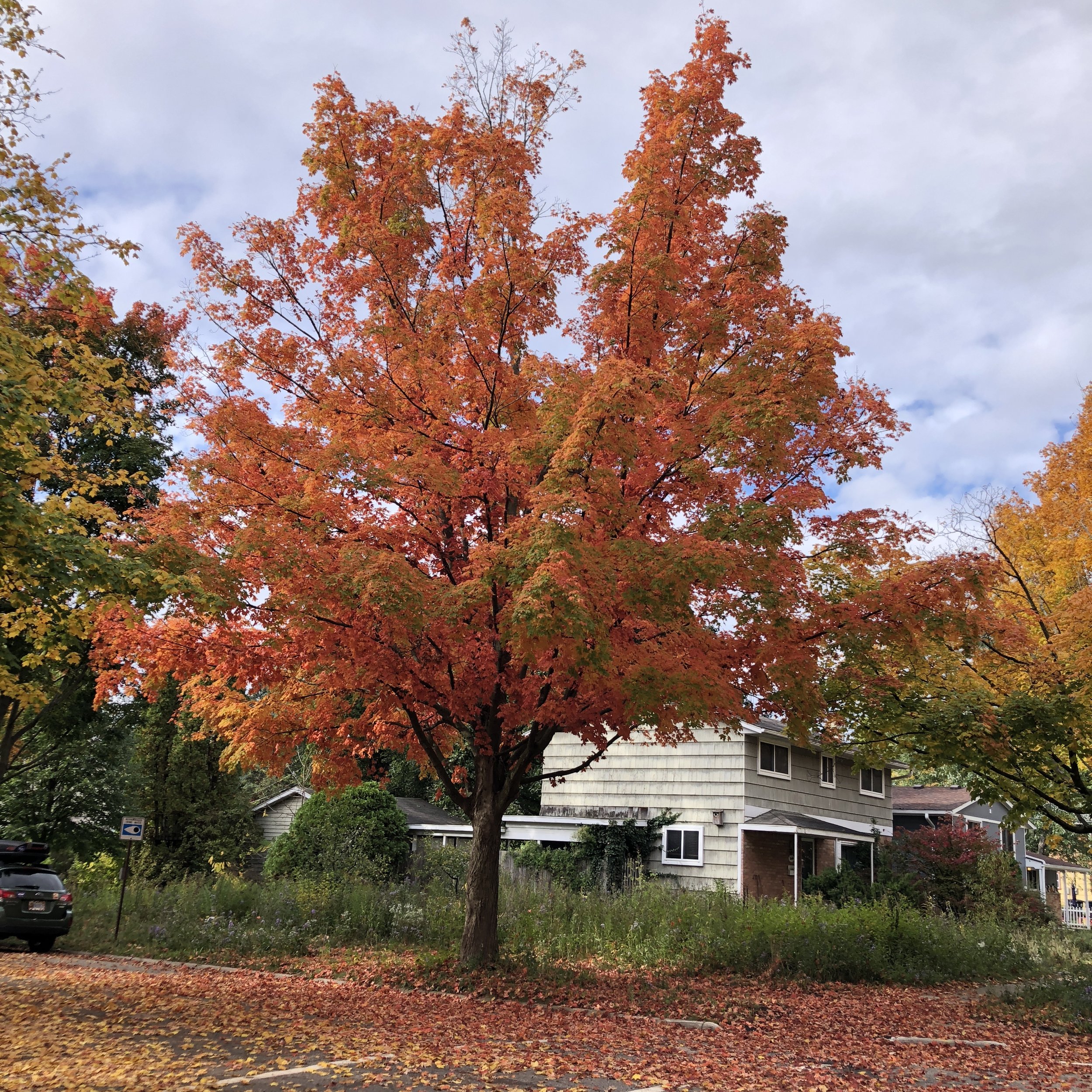I’ve been tinkering with the idea of how to reach broader audiences to see what non-ecologists think about frogs.
With all of the books one could read in the world, what would inspire someone to pick up a book with “frogs” or “amphibians” in the title?
Call it market research, if you will: what makes people wonder about frogs, if at all? What do they find interesting, abhorrent, uninteresting? What would make someone who knows next to nothing about frogs want to pick up a book about frogs? Or read an article or watch a video or listen to a podcast about frogs?
I get my ideas for blog posts when I’m out doing interesting things—field work, long hikes, travel, conferences, road trips, or some kind of significant life event. Sometimes, blog ideas will wake me up in the middle of the night and I can only get back to sleep after I’ve written them down.
This happened recently when I was about to have a new peer-reviewed paper come out in a scientific journal. Instead of sleeping, words started streaming through my mind about how I would explain the research to someone who wasn’t an ecologist. So I had to get out of bed, pad down the cold hallway, pick up my even colder laptop, pry it open, and start pattering it out on the keyboard. When I was finished—oddly there is always a clear ending in these events—I went back to sleep and figured I would put it up on my blog someday soon when the paper came out.
But the next day, I decided I liked the piece enough to share it with a bigger audience. But where? What kind of outlet would want to publish such a thing? Then, serendipitously, I came across The Conversation. I registered on the site and submitted a pitch. Soon after, I got a response from an editor. I sent them my piece, largely unedited, figuring they would either love it or hate it.
I actually love the editing and revising processes—under most circumstances.
It turns out they were pretty big fans. And in contrast to the academic peer review process, working with the editors was an absolute delight. They found ways to make the language more concise yet informative.
The day after the paper published, my article in The Conversation went live. There was a whirlwind of internet activity around it. The Conversation allows other news sites to fully copy their content. It was picked up by 38 other news outlets, including the Seattle Post-Intelligencer, Yahoo News, Phys.org, and Popular Science.
I held my breath and waited for the onslaught of troll activity in the comments. None came. I went to a few of the other news outlets. There were a couple of comments on Yahoo that were to be expected—something along the lines of the ridiculousness of bothering to vaccinate frogs. There will always be people who can’t quite get there.
This reminded me of the lament I’ve heard from some of my colleagues: “How do we convince people that nature is important, to see things the way we do?”
I generally cringe at these types of questions. You can’t make someone suddenly care about something they don’t even have a frame of reference for. The seeds for respect and reverence for nature are planted in childhood, maybe even in the womb.
A classic midwestern image in autumn.
My parents were not the back-to-the-land type by any stretch of the imagination, but they knew the birds and trees and plants and flowers and taught me all of them. Natural history was a constant presence in our lives, even if only experienced from our primarily suburban vantage point.
The bloom of the magnolia tree and the arrival of the American Robins coincided in spring. The first maple leaves turned just as school was about to start in late August. My relatives taught me how to harvest and eat rhubarb without dying. Nature was woven into the fabric of our lives. It was just the way we lived.
I don’t know how to get people to care about frogs; honestly, I’m not sure that getting anyone to do anything is really the way to save the planet anyway. Like most, I am likely to run the other way if someone starts trying to impose their values on me. That is why a lot of well-intentioned environmental activism simply doesn’t work: it’s based in fear and moralizing. Telling someone that they are a bad person for driving an SUV or eating a hamburger is not going to win any sympathizers for the cause. (Side note: for some hope on how to communicate effectively about climate change, check out Katherine Hayhoe’s book, Saving Us).
Especially since 2020, there seems to be an endless stream of offerings around finding one’s purpose in life, as if purpose is an elusive creature we need to stalk and capture so we can finally be happy once and for all; as if it isn’t sitting right beneath our noses, in that place we can hear only when there is stillness and quiet. It makes sense: the stillness created by the pandemic left many taking an honest inventory of our lives’ stock-in-trade. Many didn’t like what they found. Others found they only needed some tweaks here and there. Still others entered complete life overhauls.
We all have our own reference frames and our own values. No one is going to convince me that concrete is good for wildlife any more than I am going to convince someone who has never given frogs a second thought that frogs are important and worthwhile to study and think and wonder about.
I am exquisitely curious, though, about where we can meet in the middle—somewhere between their Manolos on concrete and my wader boots in the mud. There are real places where this happens—Yosemite Valley, for example—where, fittingly, the research I published in the paper was conducted.
Iconic Yosemite Valley meadow—daytime edition.
After dark, I would be under a pedestrian bridge in an iconic meadow searching for frogs by the light of my headlamp while visitors walked on the pavement above me, oblivious to the science being conducted beneath their feet. Never before had I been somewhere so wild and yet so urban in exactly the same place at exactly the same time.
At first I was weirded out by it because it was so unusual, but later I came to appreciate it as part of Yosemite Valley’s magnificence: that it can hold all of us, literally side by side, even with our vastly different vantage points.
Recently, a friend gave me a hilarious book of postcards, Subpar National Parks, each with an iconic image of a national park on it, accompanied with an actual negative review of that park. Yosemite’s was—mind you this was a real review—
“Trees block view, and there are too many gray rocks.”
So perhaps not everyone can get with the grandeur of one of the world’s most stunning landscapes. Here it should be noted that the park does conduct “viewshed management”: the practice of cutting down trees that get in the way of some of the most iconic vistas.
Yosemite Valley view.
At Yosemite Valley, some people experience beauty and awe at the natural world to a profound depth that they never have before. On my way to work each day, I loved to drive through the first viewing area once you arrive in the Valley. My eyes would sometimes well up in sympathetic joy as I caught glimpses of people’s faces when they looked up at the scenery. Few are not in awe of what is seen at that spot, especially for the first time.
This is what we have in common: there is something innate in us that can see beauty and experience awe simply at the witnessing of nature’s grandeur. I see it when I look directly into the golden iris of a foothill yellow-legged frog’s eye. Others see it in the first glimpse of their newborn’s face; many of us experience it when we enter Yosemite Valley for the first time.
Frogs, babies, rocks—whatever wakes us up and brings us back to life is what we need more of in our own personal viewshed, because that is what purpose is made of. For me, that’s getting to spend time in nature, both for work and play. It’s also writing, which is why I want to keep tinkering with translating and communicating my work for broader audiences. Perhaps someone read the Conversation article, got curious about frogs, and learned a few things. Perhaps someone got angry and decided to make a change in their life.
One of the best comments I ever received on a blog post was the following:
“I admit I get my nature journeys only from your too infrequent writings! But each time you bring me closer to the idea of life, the quiet of life, the intention of life. You painted a beautiful picture for me today with words, and enhanced it with your gorgeous pictures. I thank you for taking the journeys for me, and returning them to all of us.”
I am fortunate to have real people read my blog posts and comment on them so openly and honestly. I realized that this is reaching a non-ecologist: someone who admits they would not experience nature any other way than through my writing. I don’t have to convince them to like frogs. Just by doing what I enjoy, I made someone’s life a little better, even if for only a moment.
My experiment communicating to broader audiences continues. I was recently interviewed for, and quoted in, a Washington Post article about emerging research on amphibians in Africa. I found myself delving into deep philosophical questions with the patient journalist through the lens of amphibian research. I love these types of conversations because they help me better understand what makes non-ecologists tick; what they think about frogs, and their place in the world; and how I might be able to show them surprising new information and perspectives.
Foothill yellow-legged frog.
I have more essays in the queue that would normally appear on the blog but for which I’ve found some potential, broader-audience homes. It’s fun to work with editors this way, and it is lightyears more fun than the peer review process. If I can’t find a home for something, I’ll post it to the blog. So there are likely to be fewer blog posts overall than usual. But I’ll share what is published in other places on social media.
The Conversation piece was a great start in this experiment, and I’m glad the process turned out so well. In the future, I may not be so lucky with the minimal trolling: but that may be a good thing. If I’m stirring up conversation, even ire, about a subject, then one goal is being met: people are talking and thinking about frogs, even if they loathe the idea of what is being said about them. Whether those who disagree with my perspective like it or not, frogs are here—for now, and they have a lot to teach us in the meantime.





